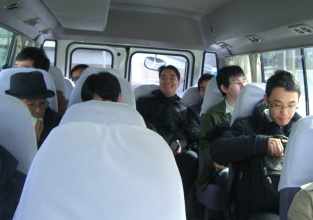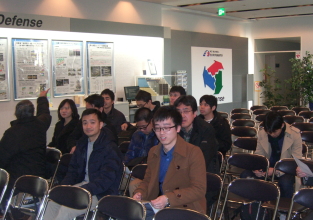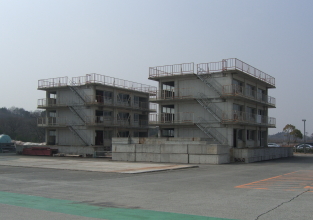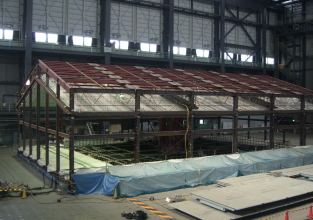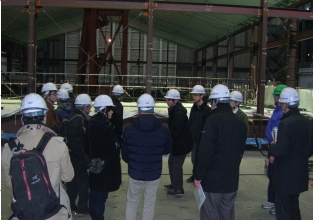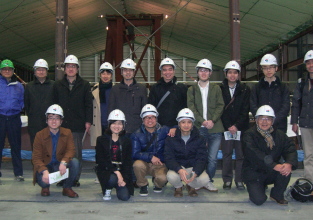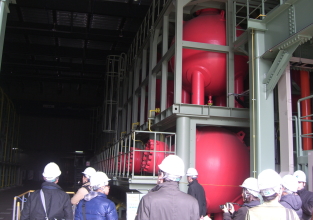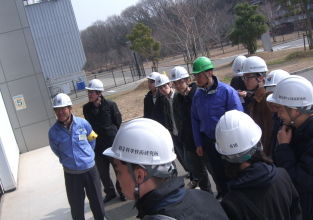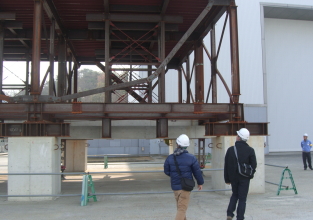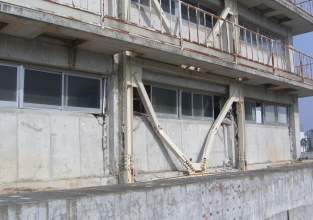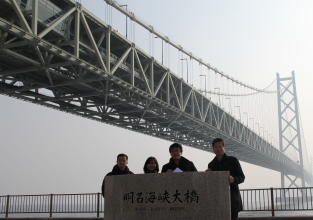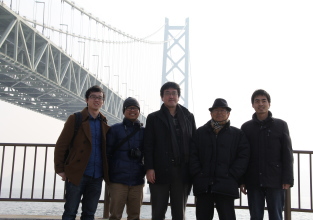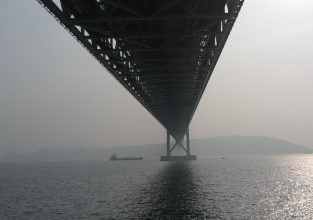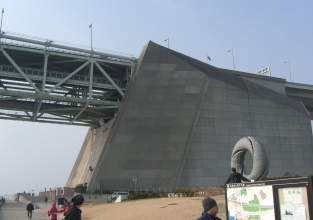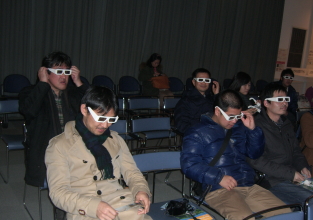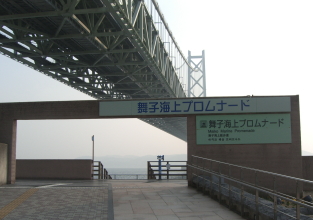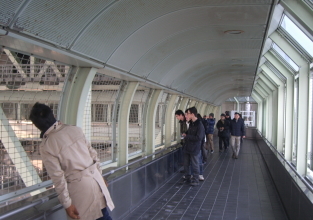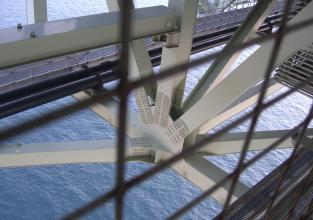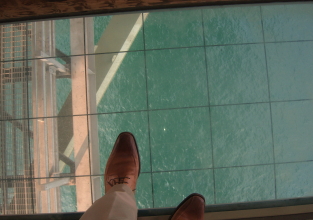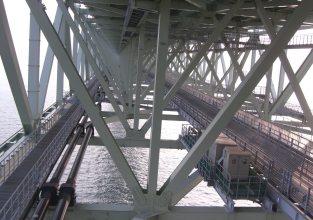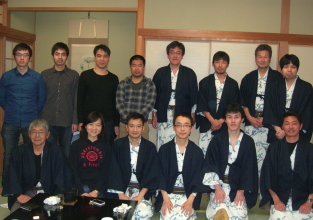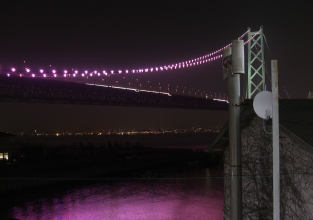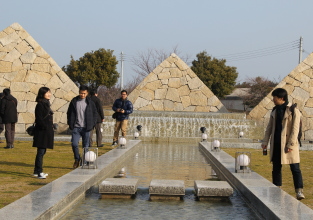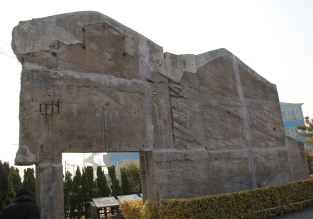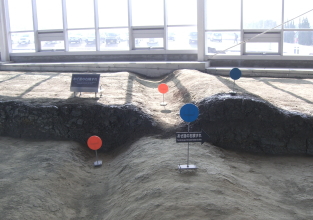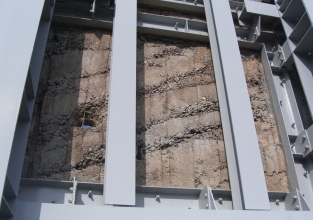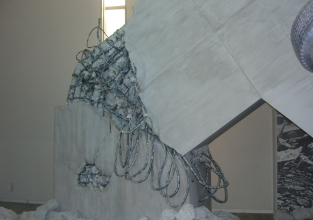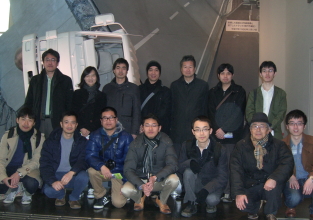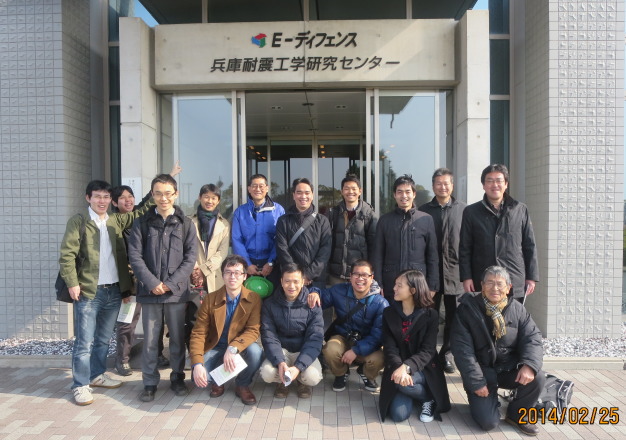 TOKYO METROPOLITAN UNIVERSITY
TOKYO METROPOLITAN UNIVERSITY
Study Tours of Civil Engineering Facilities for International StudentsHEADLINE
We have been running a new project from 2013, “The Study Tours of Civil
Engineering Facilities for International Students under the Asian Human
Resources Fund Program”.
This “Study Tour” aims to broaden our students’ view and draw on their experiences by visiting various important facilities and infrastructures in Japan.
Furthermore, sometimes we try to invite students from other projects in the tours. We believe that would help our international students to establish meaningful connections between them, both for their study and life in Japan.
![]() check other tours
check other tours
2nd Tour; The Field Trip to Hyogo Prefecture - Tracing the Great Hanshin Earthquake
Date : February 25-26
Location: Hyogo prefecture
On our 2nd field trip, we visited those related to earthquake disaster prevention in Hyogo and studied necessary strategies for dealing with an earthquake of a major magnitude may occur in the near future.
And we also visited Akashi channel and Akashi Kaikyo Bridge, one of the most important infrastructures in Japan, to extend our knowledge on the cross-linking technology which is the highest level in the world.
Location: Hyogo prefecture
- Hyogo Earthquake Engineering Research Center (1501-21, Nishikameya, Mitsuda, Shijimi-cho Miki-shi)
- Akashi Kaikyo Bridge Exhibition Center (4-114, Higashi-maiko-cho, Tarumi-ku, Kobe-shi)
- Maiko Marine Promenade (2051, Higashi-maiko-cho, Tarumi-ku, Kobe-shi)
- Hokudancho Earthquake Memorial Park & Nojima Fault Preservation Museum (177, Ogura, Awaji-shi)
- Disaster Reduction and Human Renovation Institution (1-5-2 Kaigan-dori, Wakinohama, Chuo-ku, Kobe-shi)
On our 2nd field trip, we visited those related to earthquake disaster prevention in Hyogo and studied necessary strategies for dealing with an earthquake of a major magnitude may occur in the near future.
And we also visited Akashi channel and Akashi Kaikyo Bridge, one of the most important infrastructures in Japan, to extend our knowledge on the cross-linking technology which is the highest level in the world.
